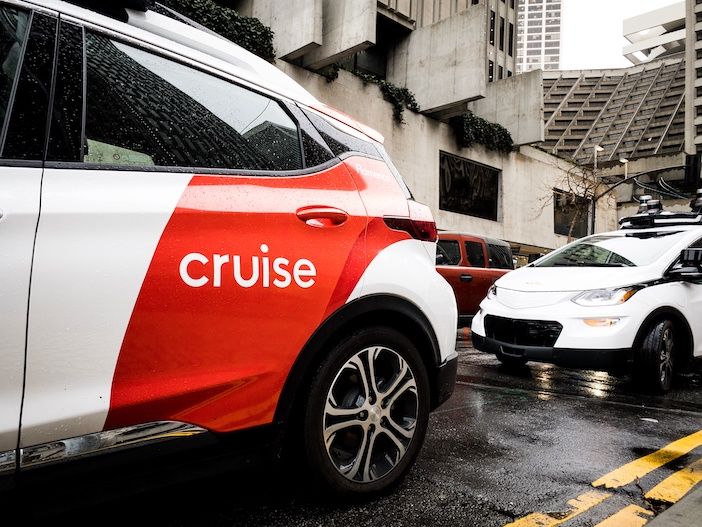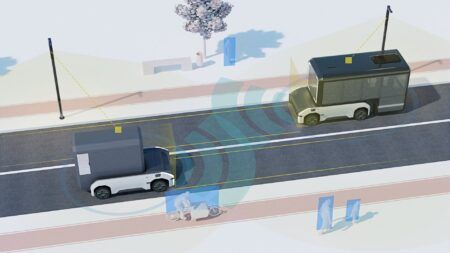General Motors (GM) has announced it will discontinue robotaxi development by ending funding for its Cruise business and instead focusing on autonomous vehicle development in its main vehicle manufacturing operations.
GM says it will no longer fund work on self-driving robotaxis “given the considerable time and resources that would be needed to scale the business, along with an increasingly competitive robotaxi market.” The company plans to prioritize developing Super Cruise, its advanced driver assistance system for personal vehicles.
The decision comes after GM invested more than $10 billion in Cruise since 2016. CEO Mary Barra, who previously predicted the Cruise business could generate $50 billion in annual revenue by 2030, now describes the robotaxi business as expendable. “You’ve got to really understand the cost of running a robotaxi fleet, which is fairly significant, and again, not our core business,” said Barra on an analyst call.
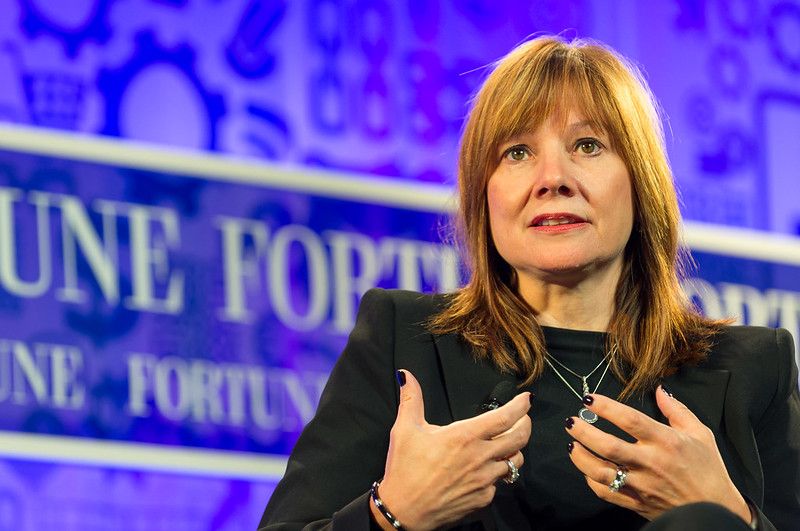
The restructuring is expected to save GM $1 billion annually. The automaker, which owns about 90% of Cruise, says it has agreements with other shareholders that will raise its ownership to more than 97%.
Marc Whitten, the current Cruise CEO who has been in the role since June, says that Cruise’s board of directors and its leadership team are “working closely” with GM on next steps. However, Kyle Vogt, the founder and former CEO of Cruise, expressed frustration with GM’s decision, posting on X: “In case it was unclear before, it is clear now: GM are a bunch of dummies.”
The move follows a challenging period for Cruise, which suspended operations after a October 2023 incident in San Francisco where one of its self-driving vehicles dragged a pedestrian 20 feet and stopped on top of her, leaving her critically injured. The company later admitted to submitting a false report to influence a federal investigation and agreed to pay a $500,000 criminal fine as part of a deferred prosecution agreement.
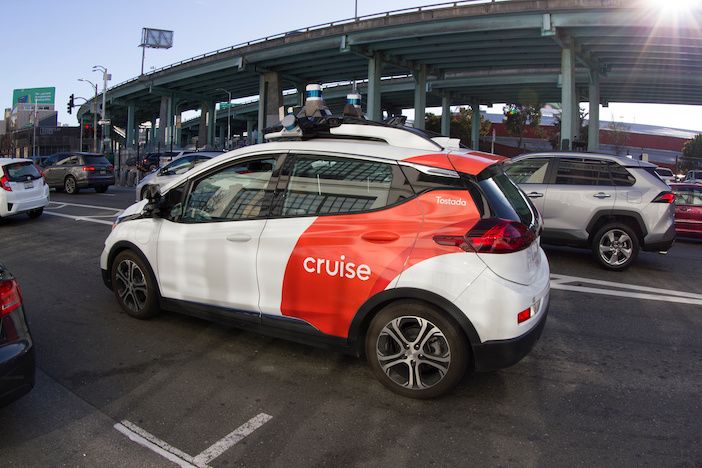
GM’s exit from the robotaxi market leaves several major players in the field. Alphabet’s Waymo continues to operate paid, unmanned taxis in the US and is expanding its services to Miami and Los Angeles. Other companies developing autonomous vehicles include Tesla, Amazon’s Zoox, and Chinese companies like Baidu’s Apollo and WeRide.
Philip Koopman, a Carnegie Mellon University professor working on autonomous vehicle safety, says Cruise’s exit sends a clear warning to others in the industry. “The cost of having a bad crash, especially where it looks like you’re not paying enough attention to safety as you should have been, could be the whole company,” he says.
The shift in strategy reflects broader challenges in the autonomous vehicle industry. Ford Motor has previously wound down its Argo AI operation, which was partly funded by Volkswagen, while Uber and Lyft have also shuttered their driverless car technology systems after significant investments.
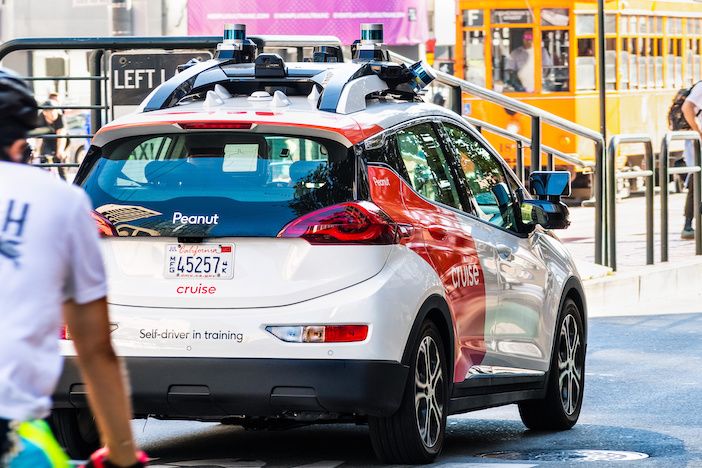
Analysis issued by corporate investment firm Bernstein notes: “The decision from GM raises an interesting question of whether AV economics can work at all. They can, but it requires capable tech and a willingness to spend billions if an AV provider is keen to scale a proprietary network, as we saw in the early days of rideshare.”
GM says it will now focus on technology that allows vehicles sold to consumers to steer, accelerate, and brake without driver intervention under certain conditions, with the ultimate goal of developing fully autonomous vehicles for personal use.
Additional images: AdobeStock


